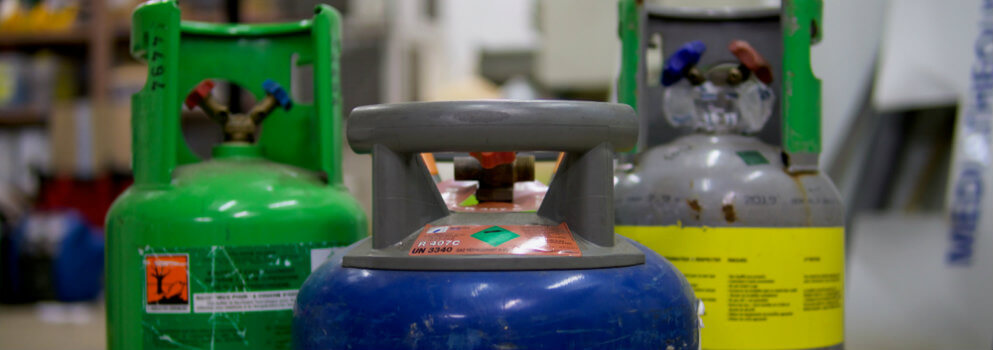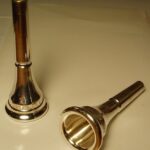
Carbon dioxide is widely as refrigerant in mechanical systems refrigerant, marine services, hospitals etc. due to its excellent safety properties. It is odourless, non-toxic, non-flammable, non-explosive and non-corrosive.
Sulphur dioxide was widely used as refrigerant during early 20th century. However its use has been restricted now-a-days because of its many inherent disadvantages. It is highly toxic, non-flammable, non-explosive, non-corrosive and works at low pressures
Ammonia is one of the earliest type of refrigerants which is still widely used in many applications due to its inheritance excellent thermal properties, It is toxic in nature, flammable explosive under certain conditions, it has low specific volume¸ high refrigerating effect, low piston displacement in case of reciprocating compressors make it an ideal refrigerant for cold storage’s, ice plants, packing plants, skating rinks breweries etc.
Freon-11 (Trichloro fluoromethane) is used under low operating pressures; it is non-toxic, non-corrosive and non-flammable. Due to low operating pressure and high displacement, it is used in systems employing centrifugal compressors. It is used for air-conditioning applications.
Freon-12 (Dichloro difluoromethane) is non-flammable, non-toxic and non-explosive. It is highly chemically stable. If it is brought in contact with open flame or heater elements, it decomposes into highly toxic constituents. It has not only excellent safe properties but also condenses at moderate pressure under normal atmospheric conditions.
Cryogenic refrigerants are those refrigerants which produce minus temperature in between range -157°C to -273°C in the refrigerated space. The cryogenic refrigerants have exceptionally low boiling point at atmospheric pressure. Some of the widely used cryogenic refrigerants are Helium, Nitrogen, Oxygen, Hydrogen.


